Browse all content tagged with this keyword.
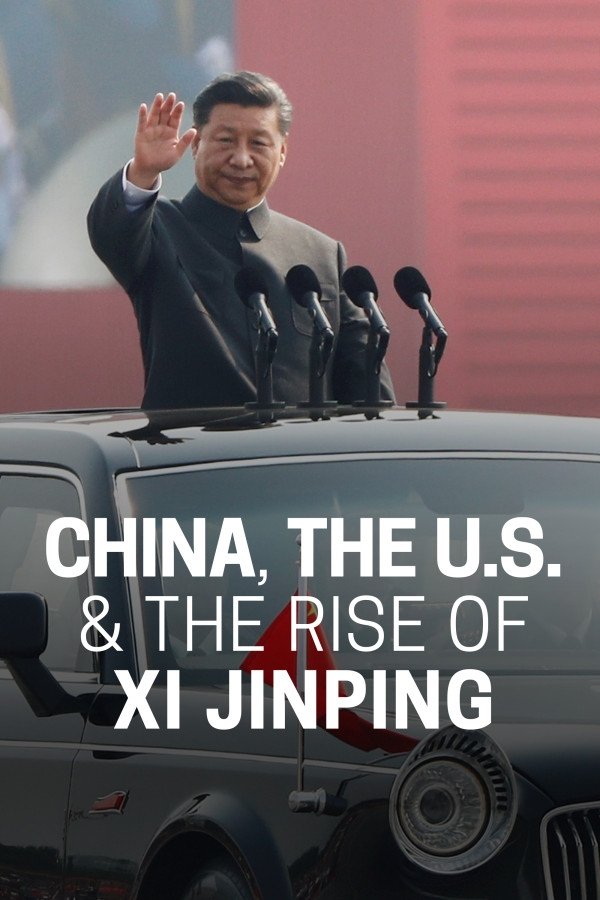
Tracing Xi Jinping's defining moments, how he's exercising his power...
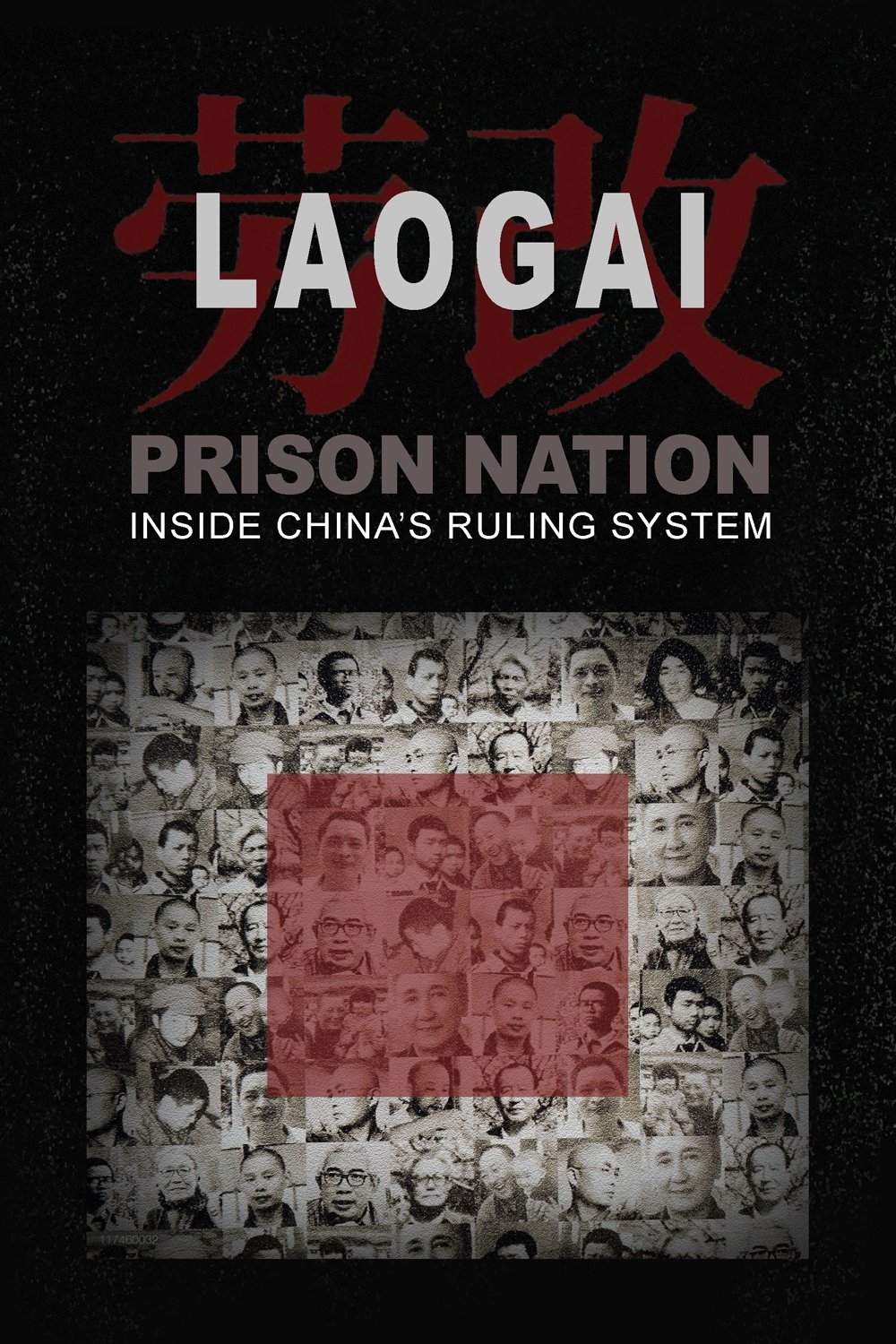
After the founding of the People's Republic of China in...
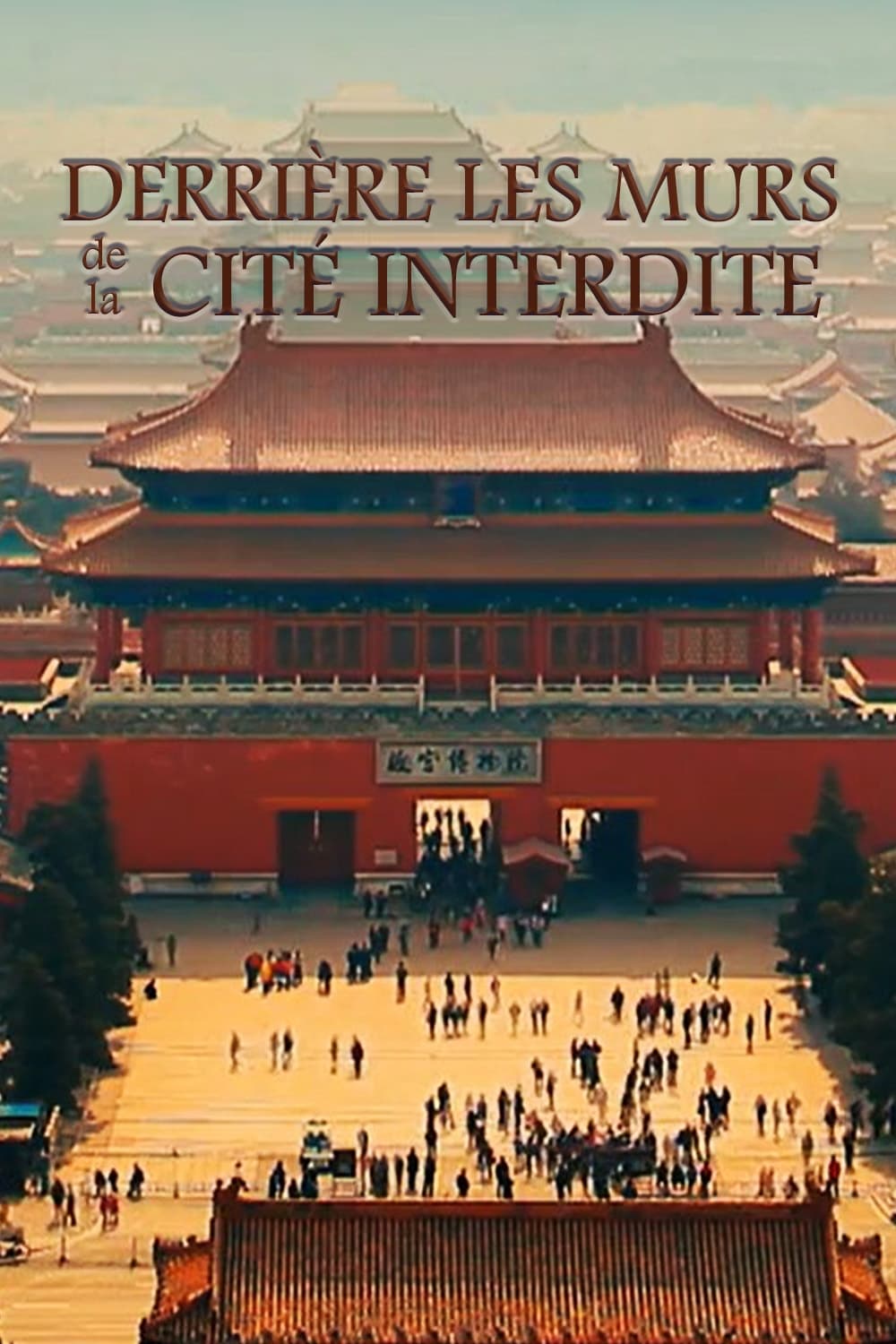
Secluded from view by nine-meter-high walls and composed of 980...

Despite being born with low status, Luo Shiyiniang is extremely...

The imperial mausoleum of the Tang Dynasty is located on...
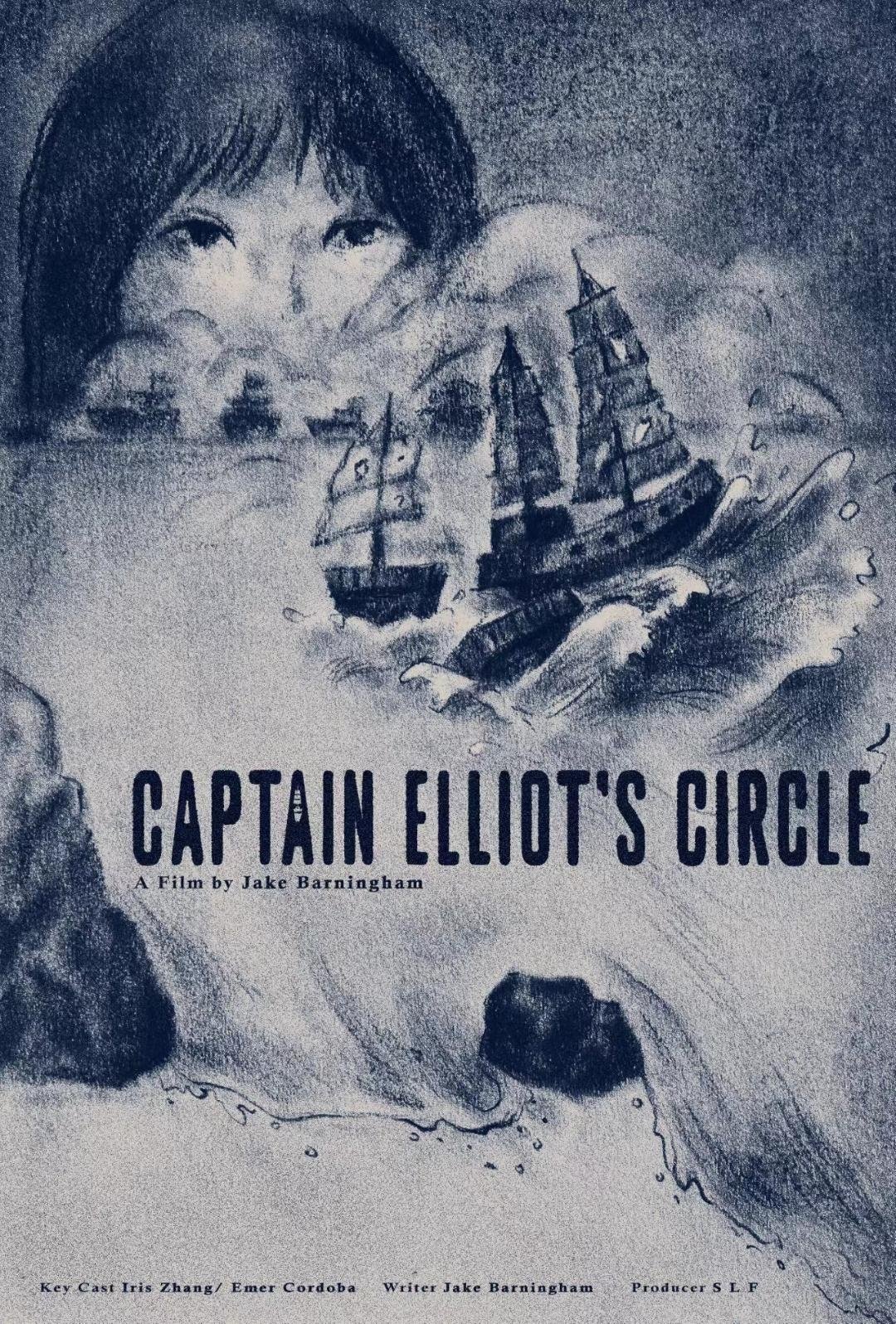
Equal parts documentary, essay, and narrative,"Captain Elliot's Circle" is mostly...

A French-Chinese food critic returns to her family home and...
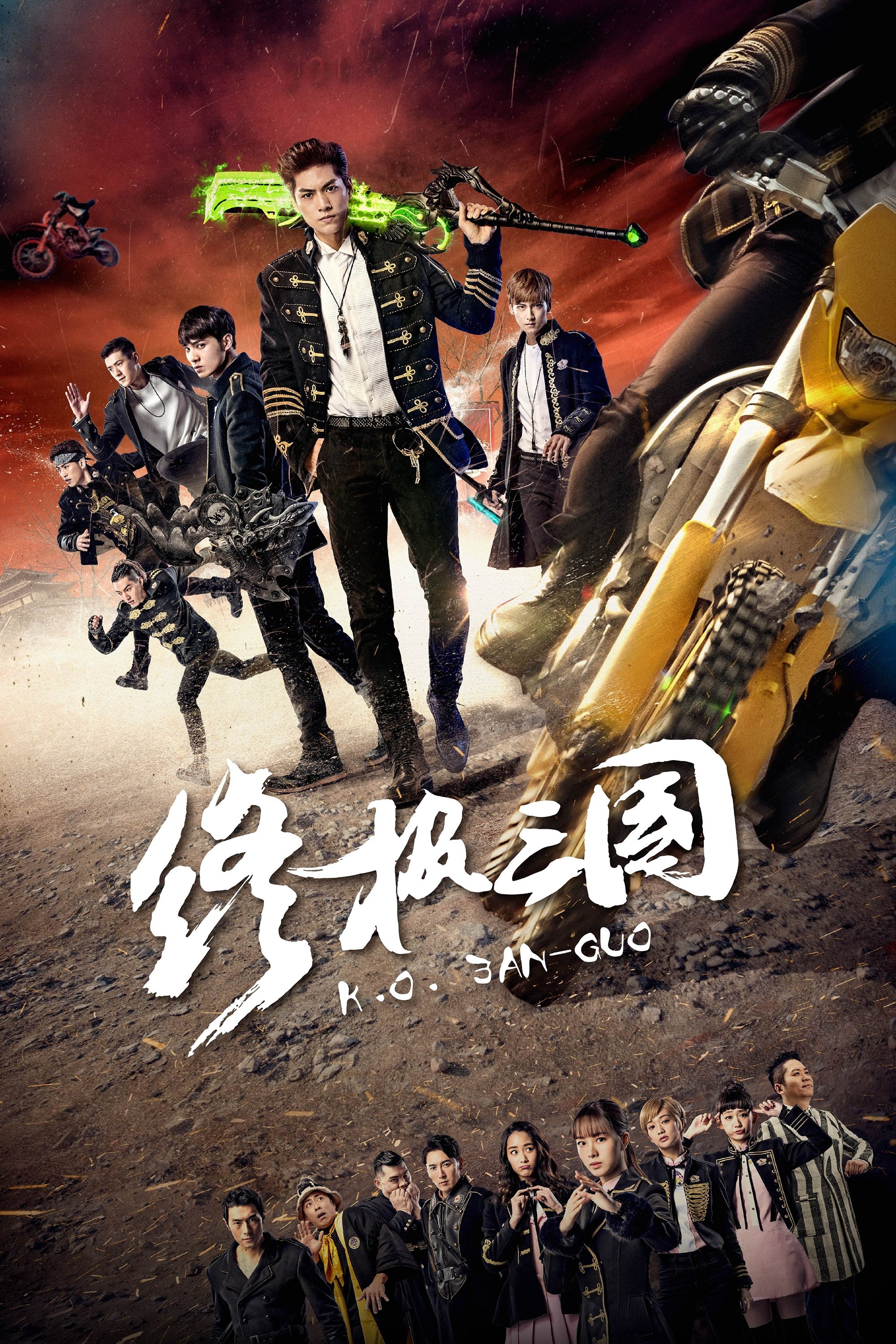
While testing out the interdimensional traveling gear, the representatives from...
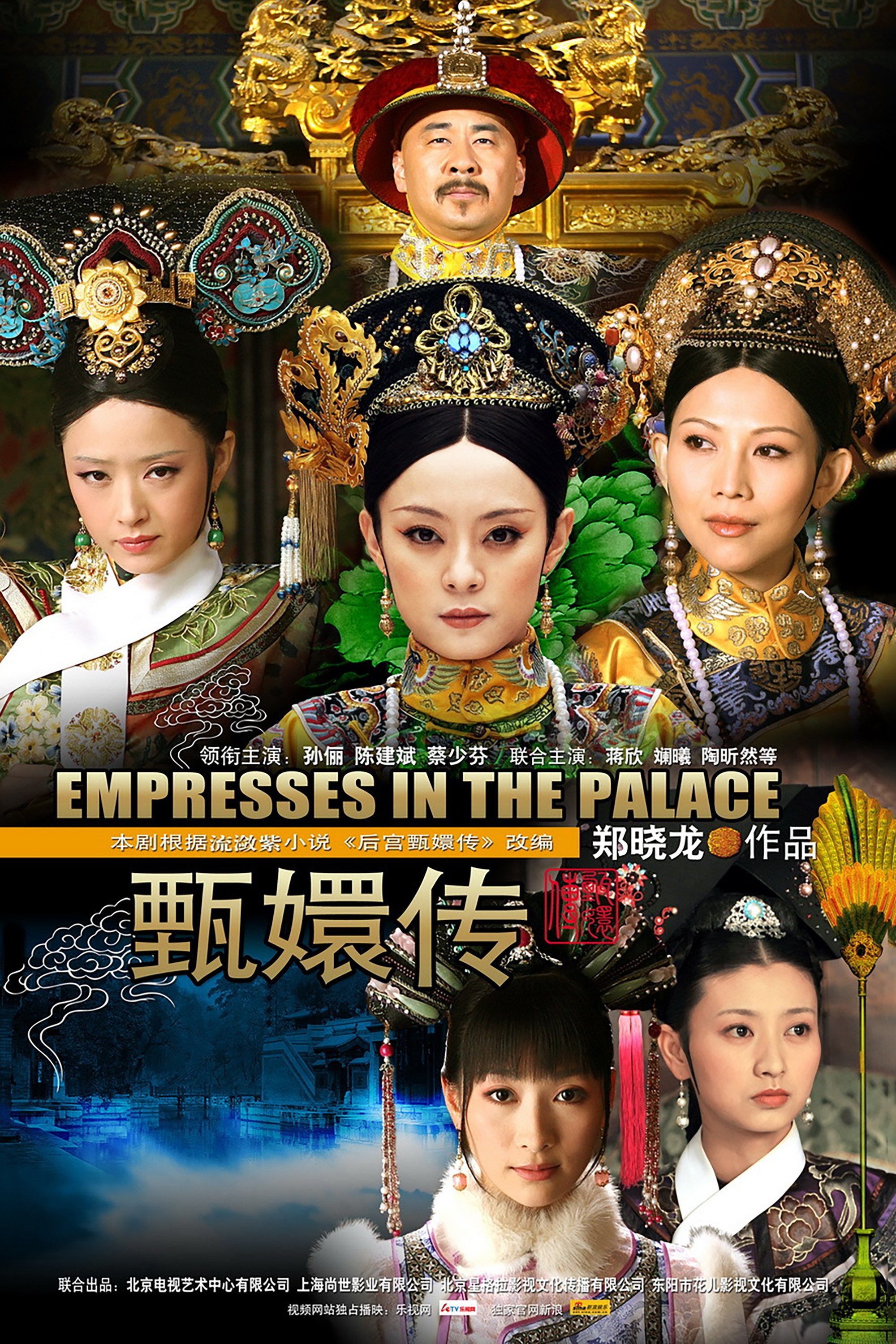
Zhen Huan, a 17-year-old innocent introduced into the imperial court...

Romance of the Three Kingdoms is a 2009 animated television...